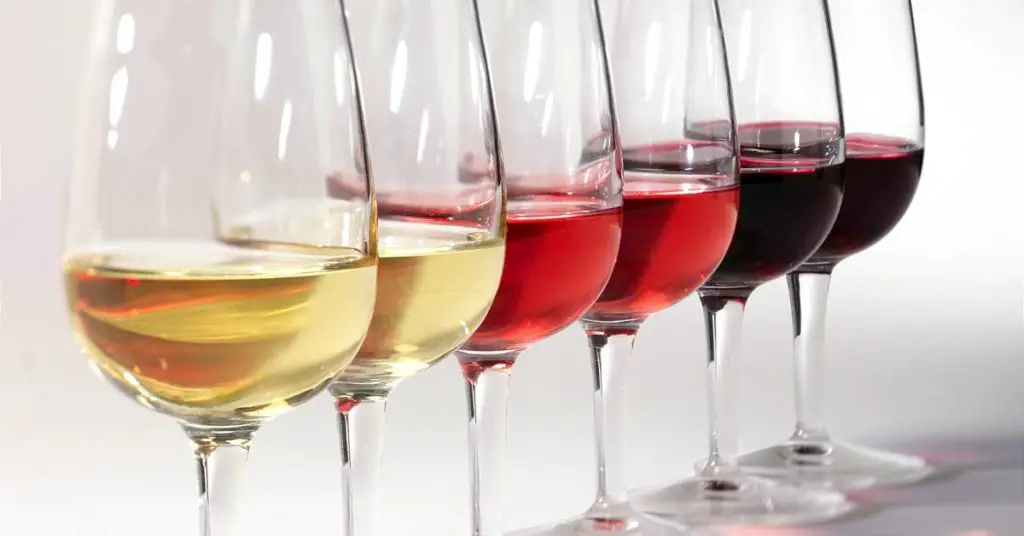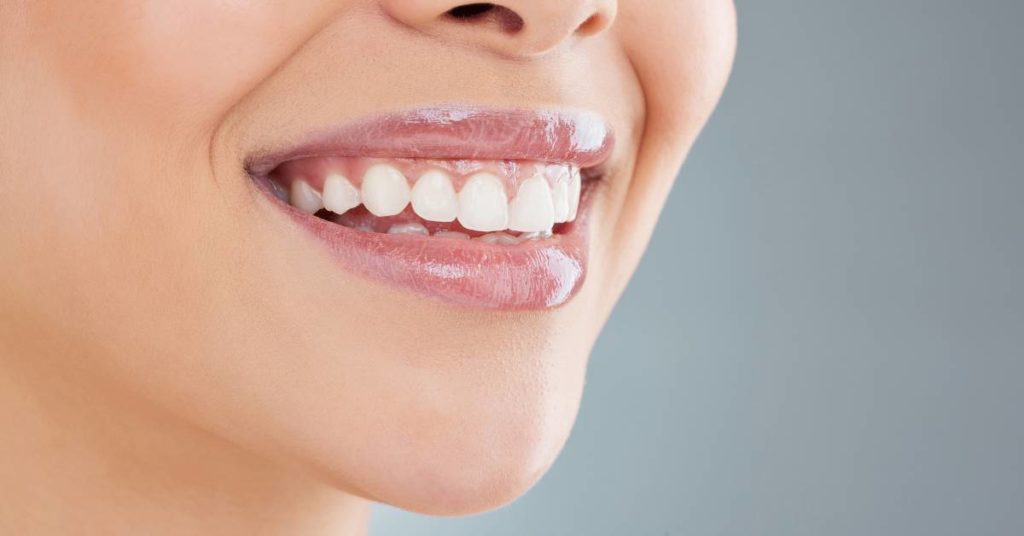Histamine intolerance remains a perplexing and often overlooked condition, one that frequently eludes the recognition and comprehension of numerous healthcare experts. So, the fact that it’s underdiagnosed comes as no shock.
Histamine intolerance is more common in women than men, but men can also get it. Some research suggests the incidence is similar, but women are more likely to seek medical attention for their symptoms. (2)
Histamine intolerance symptoms are more common during middle age, but in women who develop it before menopause, symptoms seem to worsen around the time of ovulation (mid-cycle) when estrogen is highest.(2)
One of the most common questions people ask when they learn they have histamine intolerance is about the before and after of a low-histamine diet. They wonder how they’ll feel once they eliminate high-histamine foods, how quickly they’ll get relief, and how their symptoms will change over time.
This is a valid concern, as histamine intolerance, as you know, can have a significant impact on quality of life.
Histamine Intolerance Is a Diagnosis of Exclusion
Histamine intolerance is a sneaky condition and may be hard to diagnose. It’s not uncommon to see people with migraines, nasal congestion, hives, skin rash, itching, flushing, abdominal pain, diarrhea, nausea, and vomiting, who respond to a low-histamine diet.(3)
Some people even experience symptoms that affect their mental health, such as brain fog, anxiety, or depressive symptoms. I’ve had a number of clients who suffered with depression and anxious racing thoughts, who got better on a low-histamine diet.
These symptoms are not specific to histamine intolerance, and can also be caused by other conditions. So, you must rule out other causes of these symptoms. Histamine intolerance is a diagnosis of exclusion, meaning you must exclude other conditions, especially more serious ones, before trying a low-histamine diet.
Before and After a Low-Histamine Diet: What Can You Expect?
But once you rule out other health issues and the person starts a low-histamine eating plan, what about before and after a low-histamine diet? What can you expect? First, let’s briefly review what it means to eat a diet low in histamine. The low-histamine diet involves avoiding foods high in histamine, such as aged cheeses, cured meats, fermented foods, and alcohol.
Plus, some foods, such as strawberries, tomatoes, and citrus fruits, are histamine liberators. They stimulate your body’s own release of histamine. Note that following a low-histamine diet is not a cure for histamine intolerance, but can help manage your symptoms.
Let’s look a little closer at what differences you can expect before and after a low-histamine diet. One example is a woman I’ll call Mary. She’s a 50-year-old lady who leads an active lifestyle. However, she was having problems with chronic indigestion and had a history of nasal congestion and stuffiness that came and went.
After we worked her up and found nothing else to explain the symptoms, she agreed to try a low-histamine diet. As a health conscious person, she ate a healthy diet that included foods high in histamine, including fermented vegetables.

She also enjoyed drinking a glass or two of wine in the evening. Alcoholic beverages, including wine, are a major trigger for histamine intolerance symptoms.(5) She noticed her symptoms seemed to flare up after she ate fermented foods and after drinking wine.
After adopting a low-histamine diet and keeping a food journal, we found her symptoms improved and became less frequent during the first week of the diet. By the end of the month, her digestive issues had almost disappeared, as had her nasal stuffiness.
Plus, her energy level had improved. She was a happy camper! Fatigue is another common sign of histamine intolerance. So, before and after a histamine diet, she was like a different person.
Histamine Intolerance Can Cause Surprising Symptoms
Histamine intolerance can sometimes cause surprising conditions, like laryngopharyngeal reflux. (1) A study found a link between histamine intolerance and this condition. Laryngopharyngeal reflux is a condition where stomach acid flows back into the throat and irritates the voice box, causing symptoms like hoarseness and throat discomfort. It’s like having a heartburn in your throat instead of your chest.
The point is that histamine intolerance symptoms vary greatly. If you’ve seen your doctor and they can find no cause for your symptoms, it’s worth trying a low-histamine diet to see if your symptoms improve.
As you might expect, many people with histamine intolerance symptoms initially think they have a food allergy. But how does histamine intolerance differ from a food allergy?
How Histamine Intolerance and Food Allergies Differ
Histamine intolerance and food allergies are two different conditions that share some similarities. Histamine intolerance is where your body has a hard time breaking down the histamine your body produces naturally and the histamine you get from diet. Histamine stays in your system too long and triggers symptoms.
Food allergies, on the other hand, are an immune system response to a specific food protein that the body mistakenly identifies as harmful. When your body encounters that protein, for example, from a food source, your immune cells release massive quantities of histamine.
Food allergies can be life-threatening due to the large quantity of histamine your body releases at once. It can lead to anaphylaxis or even death. Think of someone with a peanut allergy eating peanuts and the devastation that can cause.
Histamine intolerance can cause some troublesome symptoms, but it’s not usually life-threatening.
Both Histamine Intolerance and Food Allergies Require Dietary Changes
While both conditions can cause similar symptoms, they differ in their underlying causes and mechanisms. Histamine intolerance is caused by an inability to break down histamine properly(4), while an immune system response causes food allergies to a specific food protein. Plus, histamine intolerance is not a true allergy because it does not involve the immune system.
While histamine intolerance and food allergies are different conditions, you can manage both through dietary changes. For example, if you have histamine intolerance, you’ll need to avoid foods high in histamine or that trigger the release of histamine from immune cells.
Similarly, people with food allergies may need to avoid certain foods that contain the protein their body reacts to, or carry an epinephrine auto-injector in case of a severe reaction.

What to Expect After Adopting a Low-Histamine Diet
Before and after a low histamine diet, you’ll likely see significant changes. Some people say that once they adopt a low-histamine diet, they feel like a different person. As your histamine level falls and your symptoms subside or reduce in frequency, you feel like you’re regaining your life again.
You may look different too. When you have too much histamine in your system, fluid builds up around your eyes and they become puffy. Once your histamine level starts to fall, the fluid disappears, and you look like your old self again!
But know that adopting a low-histamine diet doesn’t cure histamine intolerance. But sticking to such a diet will lower your histamine level and reduce your symptoms, if you stay on it. Therefore, histamine intolerance is controllable, and adopting a low-histamine diet can improve your quality of life.
A Low-Histamine Diet Helps Manage Histamine Intolerance Symptoms
Adopting a low-histamine diet can be a powerful tool in managing symptoms associated with histamine intolerance. While the transition may seem daunting, the benefits can be life changing. By eating low-histamine foods and eliminating high-histamine ones, you’ll experience fewer symptoms, an improved quality of life, and better health.
But don’t try to diagnose yourself, though. Talk to your physician. They’ll do a physical exam and lab studies to rule out other causes for your symptoms. Also consider talking to a dietitian who can design a balanced, low-histamine diet. Be sure to keep a food journal where you record what you eat and your symptoms. Also find out whether a low-histamine and low-inflammatory diet is beneficial for histamine intolerance.
Also, be aware of low histamine diet side effects and some of the downsides of a low-histamine diet.
References:
- Cha, Nicholas. 2022. “Histamine Sensitivity: An Uncommon Recognized Cause of Living Laryngopharyngeal Reflux Symptoms and Signs—a Case Report – Ghiath Alnouri, Nicholas Cha, Robert T. Sataloff, 2022.” Ear, Nose & Throat Journal. 2022. https://journals.sagepub.com/doi/full/10.1177/0145561320951071.
- Histamine Intolerance—The More We Know the Less We Know. A Review (2023). Available at: https://www.ncbi.nlm.nih.gov/pmc/articles/PMC8308327/ (Accessed: 10 May 2023).
- “Histamine Intolerance: Causes, Symptoms, and Diagnosis – Healthline.” https://www.healthline.com/health/histamine-intolerance.
- Maintz L, Novak N. Histamine and histamine intolerance. Am J Clin Nutr. 2007 May;85(5):1185-96. doi: 10.1093/ajcn/85.5.1185. PMID: 17490952. Histamine and histamine intolerance – PubMed (nih.gov)
- Wantke F, Götz M, Jarisch R. The red wine provocation test: intolerance to histamine as a model for food intolerance. Allergy Proc. 1994 Jan-Feb;15(1):27-32. doi: 10.2500/108854194778816599. PMID: 8005453.

